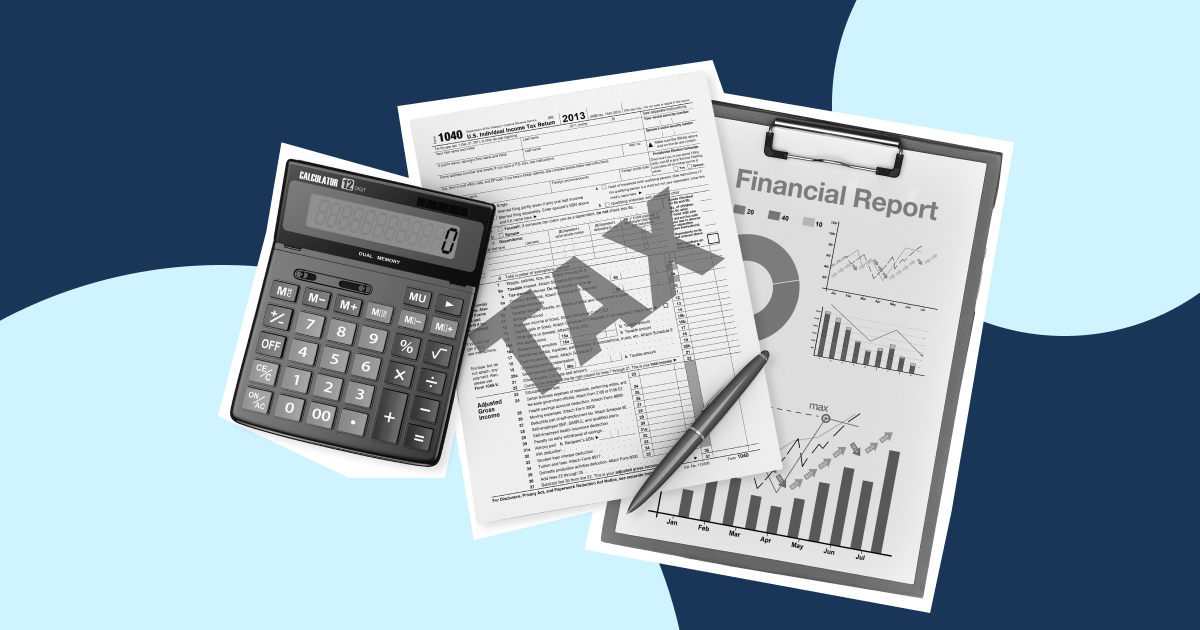Summary
Every good company must have an expert in finance who can analyze financial statements carefully and effectively. Generally, the purpose of financial statements is to have a physical document that contains the information on the cash flow and other financial operations of a business.
Not only do financial statements help employers and their employees stay updated on their company's progress and growth, but it also keeps shareholders and investors updated with key information on the company's performance, financial position, as well as changes, if there are any.
If you are in charge of all things finance in your small business or startup, it's important to know how to build an effective financial statement analysis. Don't know how to start? Here are 6 essential steps on how to analyze one efficiently and effectively.
6 Important Steps on How to Analyze Financial Statements Effectively

1. Identify the Industry Economic Characteristics
The first thing that you have to master is determining the value chains analysis for the industry. This chain refers to all activities involved in the creation, manufacturing, and distribution of a product or service. This step usually utilizes the Porter’s Five Forces technique or other techniques such as analysis of economic attributes.
After mastering this first step, you can then continue to identifying company strategies. Master this step to do a comprehensive industry analysis without making any mistakes.
2. Identify Company Strategies
After you understand the economic characteristics of your industry, it is time to identify the strategies that can be used by your company. Observe and understand the nature of the products and services being offered by the company. They should include the uniqueness of your product, level of profit margins for each product, creation of brand loyalty, and control of costs carried out by the company.
On top of that, important factors such as supply chain integration, geographical diversification and industry should also be considered. Every company obviously has its own strategy for various areas; one of them is the financial strategy. You should try to understand the financial strategy of the company so you will not make any mistake when analyzing its finances.
💡 Tips: Open an Aspire Business Account to keep all of your finances organized in one place, making it easier for you to manage your business. Start today for free!
3. Assess the Quality of the Company’s Financial Statements
It is time for you to review the key financial statements. Ensure that you review them in the context of relevant accounting standards, especially when checking the balance sheet accounts. In balance sheet accounts, various issues such as recognition, classification, and valuation can be the key to an accurate evaluation; make sure that the sheet is a complete representation of all the company’s economic positions.
By properly evaluating the earnings quality as a complete representation of the company's economic performance, you can then proceed to evaluate the income statement accurately. Evaluation of cash flow statements will help you understand the impact of the company's liquidity position, which can be analyzed from the investment, operations, and financial activities of the company within the financial period.
4. Analyse Current Profitability and Risk
In addition to assessing the quality of the company's financial statements, analyzing profitability and the risks can add value in a company evaluation and financial statement. Doing this grants your business more credibility and professionalism in the eyes of the public as well as investors and shareholders.
One of the most common tools for analyzing is the key financial ratios that have to do with asset management, liquidity, profitability, debt management and coverage, and risk/market assessment.
There are two questions that you must answer regarding profitability:
1) How profitable is the company's operations relative to its assets and from the perspective of its equity shareholders?
2) How can the company then finance those assets?
You have to understand these questions and solve them according financial position and point of view. It is important to learn how to disaggregate return measures into main impact factors, and analyze the financial statements ratio in a comparative way.
5. Prepare Assumptions for the Financial Statements
It is often challenging, but financial professionals must be able to make reasonable assumptions about the future of the company or the industry he is working in. They must also know how these assumptions will affect company’s cash flows and funding.
You can take the form of pro-forma financial statements, using common techniques such as the percent of sales approach. With this, your financial strategy will be neatly organized according to the goals and impacts.
6. Value the company
While there are many ways to complete a valuation, don't miss the most common assessment method using the discounted cash flow methodology. You can calculate this based on the dividend and then project it, or you can also use other techniques like the free cash flows to shareholders or on enterprise basis.
After you carry out the company and financial statements analysis, then you need to answer the following question, "Are the numbers in the financial statements accurate and accountable?" There are many cases of accounting irregularities currently being reported to the authorities, such as aggressive accounting, earnings management, or even fraudulent reporting in the financial statements; that's why it's important to ask ourselves these questions.
Many people end up with legal complications because of unclear accountability in their business’ financial reporting. As such, every business person has to understand all types of financial manipulations and how to detect them.
Link your accounting software with Aspire
There are many accounting or financial softwares in the market that can automate calculations and complex financial reporting to be simpler and more practical.
With Aspire, you can seamlessly link your accounting software to your Aspire Business Account in just a few clicks. Manage your financial records and transactions in one place by signing up for an account today! 100% online, 100% free.










%201.webp)


.webp)